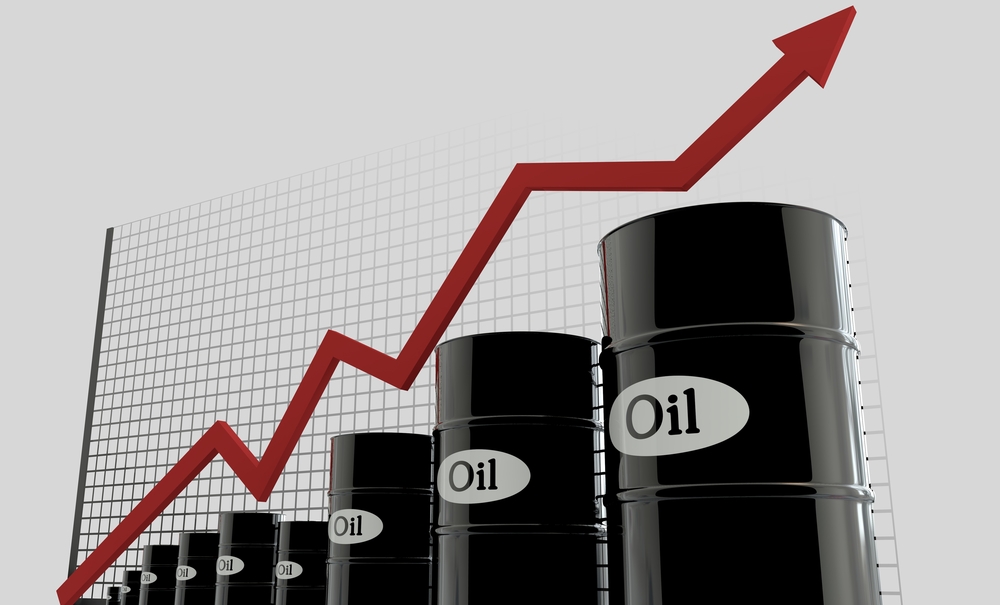Experienced Investor
Oil price rally: the winners and losers

Brent crude oil hit its highest level of 2016 yesterday. With talk that a barrel could reach $60 by the end of the year, how will the price rally impact investors and motorists alike?
After Russia declared it was prepared to join other oil producing nations in OPEC by capping production, Brent crude oil rose 3% yesterday taking it to its highest level since October 2015.
What does this mean for investors?
Ian Forrest, investment research analyst at The Share Centre, says the news is relatively encouraging for investors in the sector but says the rise must be sustained to have any meaningful impact.
He says OPEC may put quotas in place when it meets next month but there is uncertainty around what level of production Iran will agree to. Further, given that shale oil has made the US, which is not a member of OPEC, the world’s largest oil producer, the ability of the cartel to control global prices “is not as strong as it once was”.
“Our preferred stocks remain the two major integrated groups, Royal Dutch Shell and BP, which continue to pay attractive dividends and are suitable for investors seeking a lower/medium risk approach. The rise in the oil price reduces the chances of those two companies cutting dividend payments, but it needs to remain above $60 to provide more certainty of that.”
For Jason Hollands, managing director of Tilney Bestinvest, the fact that Russia is prepared to join OPEC in limiting output creates a more optimistic back drop for oil prices but he’s wary about “cracking open the champagne” and getting “heavily bullish at this stage” as crude prices have already risen 15% in a short space of time.
He explains that OPEC has not yet thrashed out the detail on who will cut by what amount, and it is a notoriously fragile cartel. “Indeed Russia is currently producing oil at a record level and its energy minister has said this week it would prefer to freeze output at these levels, rather than cut. Even if OPEC and the Russians can cobble together modest limits on production, the more buoyant oil price might simply encourage non-OPEC member states, including US shale producers to increase supply as prices are at break-even levels.”
He says that based on these measures, there’s no guarantee of success and it may just provide a floor on prices to keep oil at around $50 dollars a barrel, though there are downside risks if this optimism proves over optimistic.
“There are of course still winners from the partial recovery and potential stabilisation in prices. These include the UK stock market, where oil and gas companies led by Royal Dutch Shell and BP are the leading constituents, with double benefit from the fact that oil is priced in dollars at a time when sterling is so weak.”
Hollands says that anyone owning a UK Index tracker is going to have a “fair slug of oil exposure already”, so they should “think twice” about whether they really need to take a punt on a specialist oil fund.
“For those who are determined to make such a trade then there are of course a wide selection of exchange traded products that track crude oil futures prices (ETFS WTI Oil USD) as well as oil stocks (DB X-Trackers STOXX Europe 600 Oil & Gas UCITS ETF). For those prepared to take a high degree of risk, MFM Junior Oils Trust invests in smaller and medium sized businesses. But I wouldn’t advocate piling into these types of funds.”
What does this mean for motorists?
The oil price is currently the biggest factor affecting the price UK drivers pay at the pump and as it may rise to $60 a barrel by the end of the year, this could add a further 4p or 5p to the price of a litre, according to Edmund King, president of the AA.
“What we’ve already seen since Brexit and the pound sliding against the dollar is motorists paying 6p/litre more at the pumps because of the weakness of the pound. This is adding around £5 a month to the price of filling up a family car, £10 for a family with two cars,” he says.
“Now that OPEC’s talking about cutting production, it’s likely that the price per barrel will go up. But even if the price of a barrel goes up 10%, we won’t see a 10% rise at the pumps as different calculations are used.”
He warned that with the low value of the pound against the dollar and with the cut in supply announced by OPEC, motorists are likely to see increases seeping through with any changes taking about four weeks to work their way from wholesale to pump prices.
King added there are a couple of unknowns which could impact pricing – the US elections and the upcoming Autumn Statement in November.